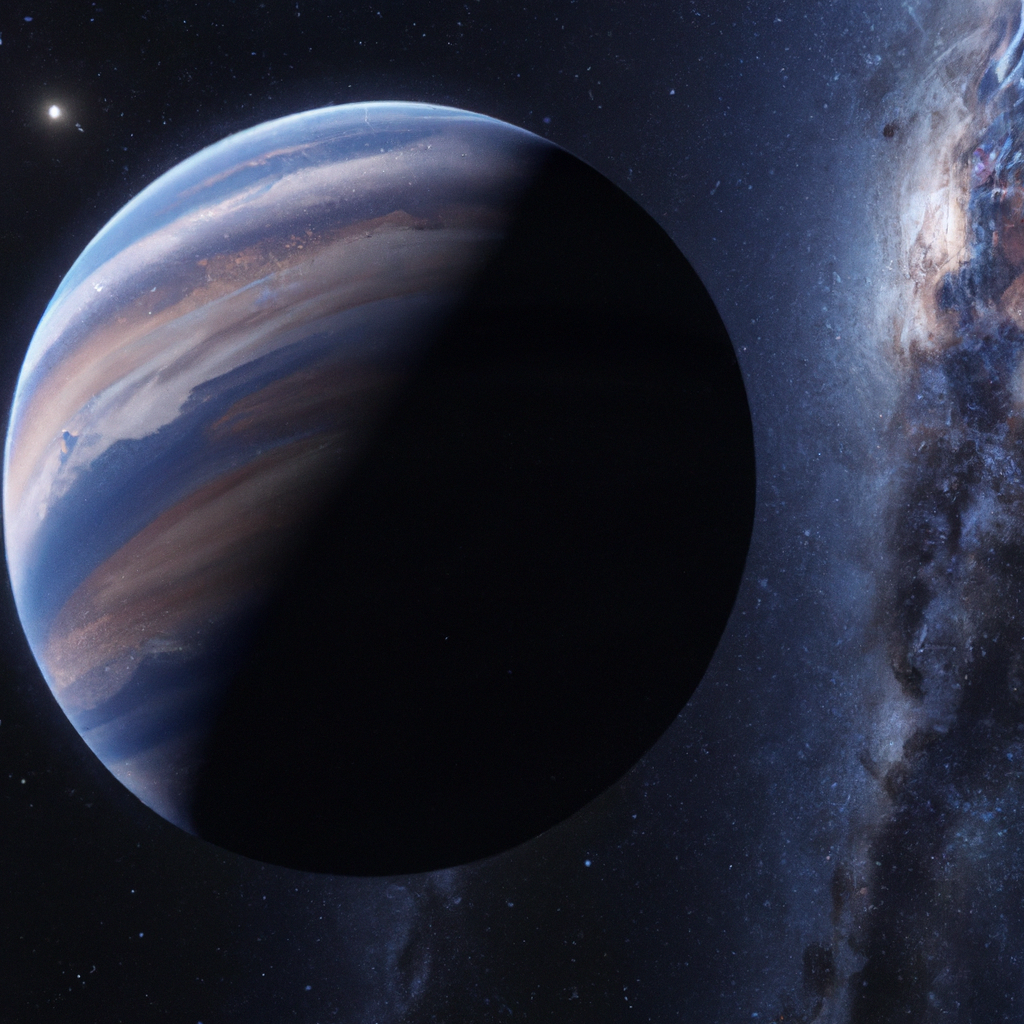The discovery of exoplanets has revolutionized our understanding of the universe and given us a glimpse into the vastness of space. Exoplanets, also known as extrasolar planets, are planets that orbit stars other than our Sun. The first exoplanet was discovered in 1995, and since then, astronomers have discovered thousands of exoplanets using a variety of methods. In this article, we will discuss the methods of exoplanet detection, the most significant exoplanet discoveries, and the impact of exoplanet research and exploration on our understanding of the universe.
Methods of Exoplanet Detection:
1. Transit Method: In this method, astronomers look for a dip in the brightness of a star as the exoplanet passes in front of it. This temporary dip in the star’s brightness is known as a transit. By observing multiple transits, astronomers can determine the exoplanet’s size, mass, and distance from its star.
2. Radial Velocity Method: In this method, astronomers observe the wobbling motion of a star caused by the gravitational pull of an exoplanet. This method can determine the exoplanet’s mass, but not its size or distance from its star.
3. Direct Imaging Method: In this method, astronomers use powerful telescopes to directly observe the exoplanet orbiting its star. This method is useful for studying large exoplanets but is limited in its effectiveness because it requires a lot of time and resources.
4. Gravitational Microlensing Method: In this method, astronomers observe the bending of light caused by the gravitational pull of an exoplanet. This method is useful for detecting exoplanets that are very far from their stars.
5. Astrometry Method: In this method, astronomers observe the slight wobble in a star’s position caused by the gravitational pull of an exoplanet. This method is useful for detecting massive exoplanets that are very close to their stars.
Exoplanet Discoveries:
Since the discovery of the first exoplanet in 1995, astronomers have discovered thousands of exoplanets using a variety of methods. Some of the most significant exoplanet discoveries include:
1. Kepler-186f: This exoplanet is located in the habitable zone of its star, meaning that it is located at a distance from its star where liquid water could exist on its surface.
2. TRAPPIST-1: This star system contains seven Earth-sized exoplanets, three of which are located in the habitable zone of their star.
3. Proxima Centauri b: This exoplanet is located in the closest star system to our solar system and is potentially habitable.
4. 51 Pegasi b: This exoplanet was the first exoplanet discovered using the radial velocity method.
5. HD 209458 b: This exoplanet was the first exoplanet discovered using the transit method.
Impact of Exoplanet Research and Exploration:
Exoplanet research and exploration have had a significant impact on our understanding of the universe. By studying exoplanets, astronomers can learn about the formation and evolution of planetary systems and the conditions necessary for life to exist. Exoplanet research has also led to the discovery of new technologies and techniques that are useful in other areas of astronomy, such as detecting gravitational waves.
Exoplanet exploration has also captured the public’s imagination and sparked interest in space exploration. The discovery of potentially habitable exoplanets has led to renewed efforts to search for extraterrestrial life and has inspired a new generation of scientists and explorers.
Conclusion:
In conclusion, the discovery of exoplanets has revolutionized our understanding of the universe and given us a glimpse into the vastness of space. Astronomers use a variety of methods to detect exoplanets, including the transit method, radial velocity method, direct imaging method, gravitational microlensing method, and astrometry method. Exoplanet research and exploration have led to significant discoveries and advances in our understanding of the universe, and have inspired a new generation of scientists and explorers.







